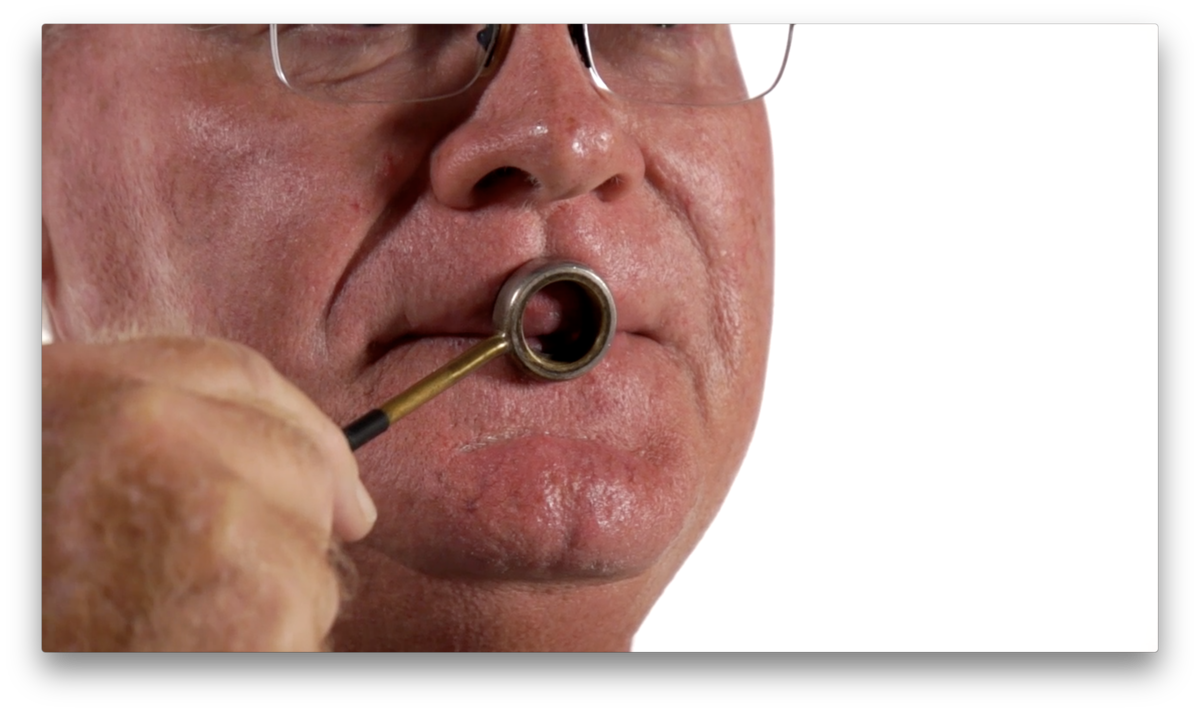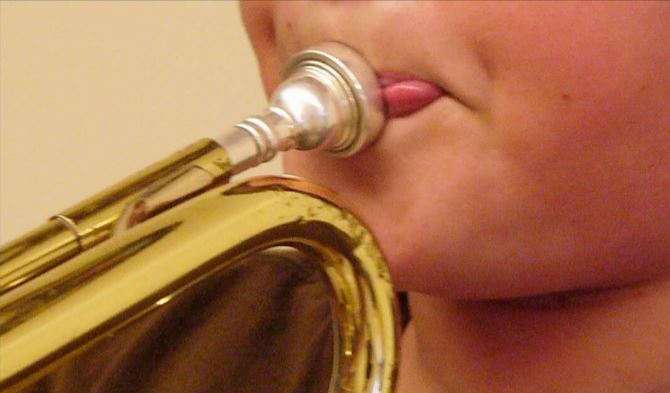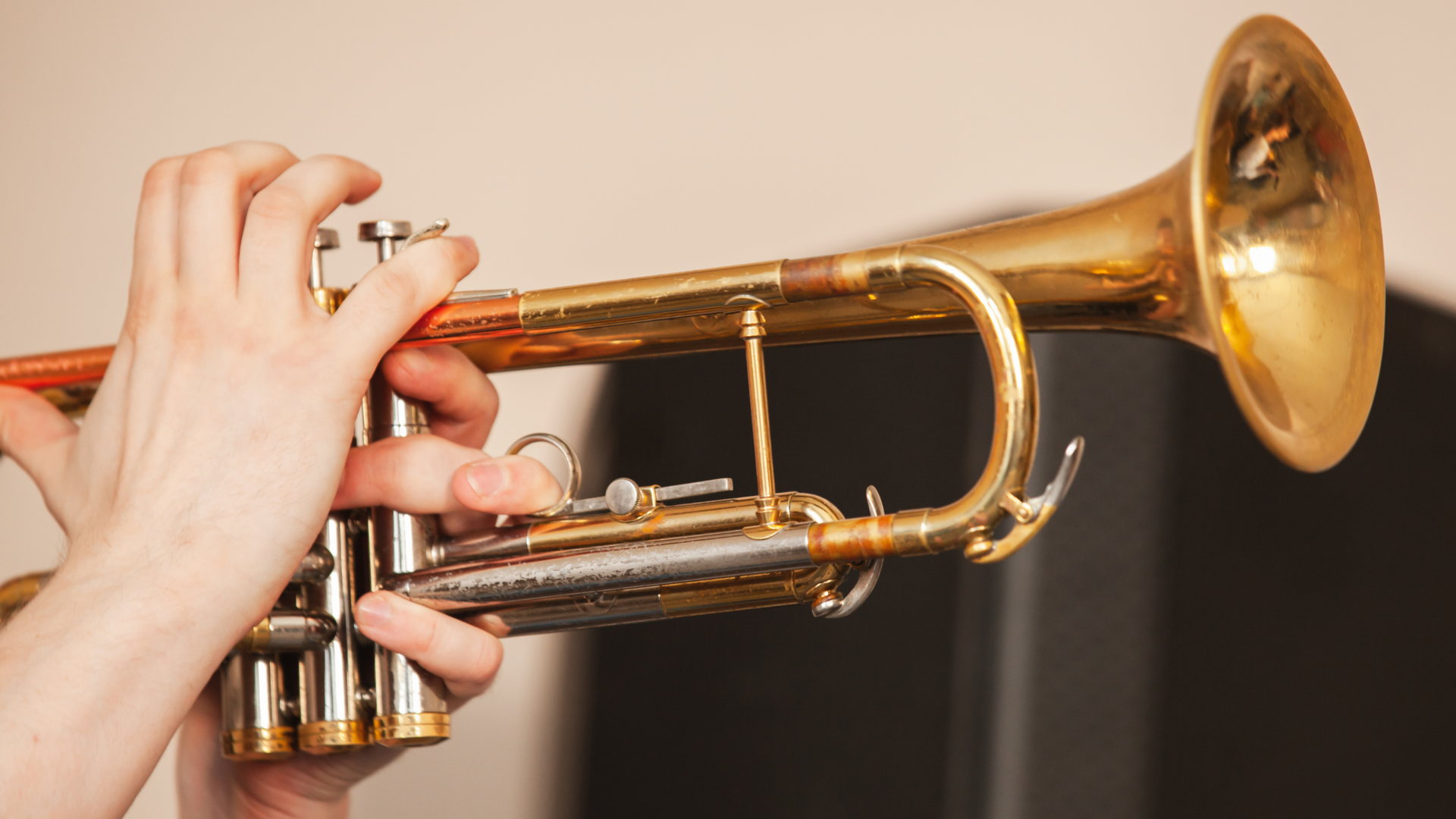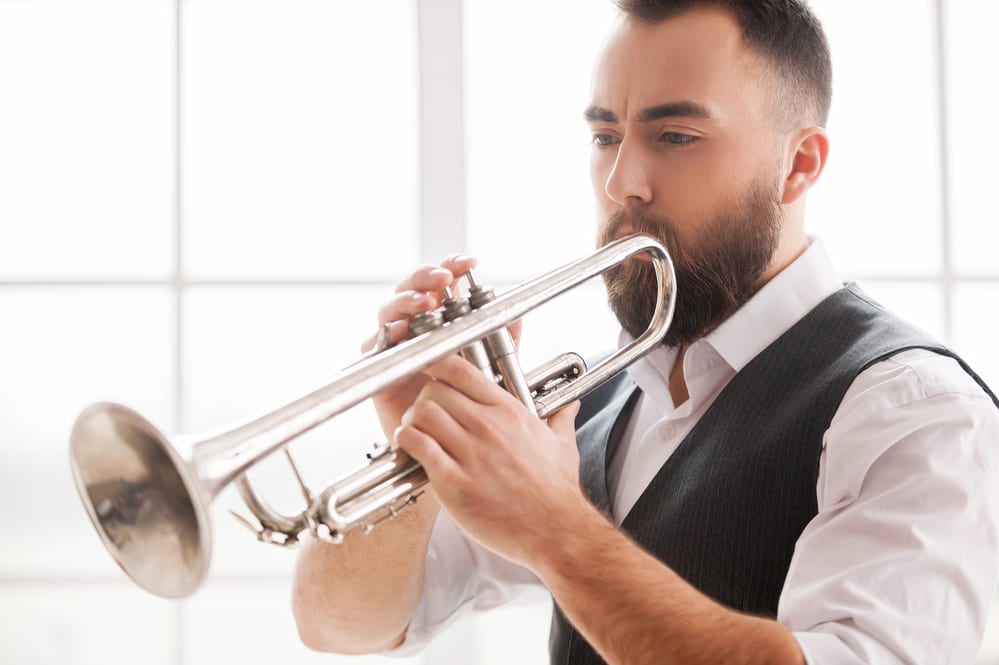Start playing softly and in the middle register, then increase the volume bit by bit, try different articulations and styles, and see if you are drawn towards a. If you have big lips, try compressing your lips into the mouthpiece (like jerome ashby), making sure that the upper still vibrates freely.

How To Develop Embouchure On Trumpet 11 Steps With Pictures
The player must buzz their lips and blow air into the mouthpiece at once.

How to play trumpet mouthpiece. I swapped mouthpieces a lot early in my playing. The higher the note you want to play, the quicker you will need to vibrate your lips. You will know when you are playing the mouthpiece the wrong way when you can't play a low f# at forte.
It gets amplified through the pipes and the bell. Know the tone of your music to match the type of mouthpiece you need. As air escapes through the bell, the player and any listeners will be able to hear the notes of the trumpet.
Then, place the instrument on your lips and begin to vibrate using the lips to create the buzzing sound. As you get older and mature in your playing, it's important to explore the different types if mouthpieces that are available and find one that. The rim of the mouthpiece keeps the lips in place in order to keep a constant tone.
It’s important to get the position of the mouthpiece correct, and you might find it helps to look in a mirror while you do this. When you are blowing be sure not to press the mouthpiece firmly. The mouthpiece is the connection between musician and trumpet.
After the air gets into the trumpet, it can continue to vibrate through the entire length of the tubing. If you visit a friend, or go to a music store, to try different trumpet mouthpieces then take your own trumpet with you. You can generally see which trumpets the mouthpiece manufacturer recommends to fit that particular one.
Start your range at a high c, then each week go up a step. As you begin to advance in your trumpet playing, i encourage you to move away from the mouthpiece that came with your trumpet. James stamp recommends holding the mouthpiece lightly between the thumb and first finger of your left hand at the point where the mouthpiece enters the trumpet.
A trumpet player should choose something based on his or her preferred music genre and ideal tone. If playback doesn't begin shortly, try restarting your device. To produce low notes, vibrate your lips slowly;
A shallow cup is best for jazz and solo performances, while a deeper cup is best for orchestral playing with lighter sound. Because if you rush into it and try and hit high g's, a's ect, you will lose technique After mastering the basic trumpet lip art, it’s time to start playing.
First off, assemble your trumpet, inhale through the mouth, and corner your lips to the proper position. When trying to select the right trumpet mouthpiece we should keep all the other variables the same… use your own horn; You will need to match the model of the mouthpiece to the trumpet you’re playing, however not all brands use the same system.
They are designed for different playing styles and sounds. The mouthpiece can be detached from the instrument. It is designed for younger players with smaller mouths and smaller lips.
Trumpets most often have a strong, powerful tone quality which contrasts to the sound of a cornet. This prevents holding the mouthpiece too tightly against the lips. How exactly does a trumpet mouthpiece work?
A trumpet mouthpiece helps get the air from a player’s lips into the trumpet. Many times that mouthpiece is something similar to a bach 7c. Trumpet mouthpieces and cornet mouthpieces as i stated before are not interchangeable for two reasons.
The basics of buzzing the mouthpiece. Trumpet mouthpieces direct the buzzing sound from the lips into the lead pipe of the trumpet. Practicing this will allow you to play almost any mouthpiece size, and this discipline is what has allowed great trumpet players with big lips to do the same.
We recommend beginning trumpet players practice this technique for the first 30 seconds of practice time during their first few months of playing. Started with a 7c because that's what the band director said to get. The general ideal is to position the.
When testing out a new mouthpiece for playing jazz, it’s important to play a variety of tunes and fundamental exercises. When i wanted to change after 2 years, i tried a 5c, then 1 1/2c, shilke 11, shilke 14a4a, shilke 13a4, eventually landing on a shilke 14a4. Pushing in the tuning slide is simply a mechanical compensation in the instrument for the lower, centered, and corrected pitch center in the body of a properly aligned and relatively open player.
Naturally, food particles and sugars from our mouths make their way into the trumpet through the mouthpiece when we play often.out of all the mouthpiece sizes out there, the rim diameter of this mouthpiece is the most likely to be a perfect fit for the majority of trumpet players.play peddle tones as low as possible and for as long as possible, put as much lip into the mouthpiece and keep pushing. Find a mirror, place your fingers against your lips just like your would your mouthpiece, and check to see if your top to bottom lip ratio is correct. Playing down to the center of the pitch allows an easier, more relaxed approach to playing—the key to enjoying our mouthpieces.
Videos you watch may be added to the tv's watch history and. I swapped like every month thinking that was more than enough time to adjust.

Trumpet Mouthpiece Placement Trumpet Blog

Finding The Correct Mouthpiece Placement Trumpet Blog

Trumpet Cornet Embouchure Tips For Beginners Band Director Media Group

The Best Trumpet Mouthpiece Placement

The Best Trumpet Mouthpiece Placement

The Best Trumpet Mouthpiece Placement

How To Play The Trumpet With Pictures - Wikihow

How To Play The Trumpet With Pictures - Wikihow

How To Develop The Proper Trumpet Embouchure

1335 Beginning Trumpet - Mouthpiece Placement - Youtube

How To Play The Trumpet Without Pressure 5 Easy Tips My Best Trumpet

7 Mistakes New Brass Students Make And How To Avoid Them

Trumpet Mouthpiece Cup Shapes In One Photo Legends Brass

The Best Trumpet Mouthpiece Placement

Trumpet Embouchures What Makes A Good Embouchure

How To Play Trumpet Without Pressure Or How To Reduce Mouthpiece Pressure - Youtube

Playing Trumpet On The Side Of Your Mouth-mouthpiece Place My Best Trumpet

Playing Trumpet On The Side Of Your Mouth-mouthpiece Place My Best Trumpet

How To Play The Trumpet Without Pressure 5 Easy Tips My Best Trumpet